
We’re at the start of a brand new decade. If the last one was any indication, the next ten years will likely be full of just as many twists and turns. When trying to sum up the last ten years the word “sustainable” comes to mind.
We’re at the start of a brand new decade. If the last one was any indication, the next ten years will likely be full of just as many twists and turns. When trying to sum up the last ten years the word “sustainable” comes to mind.
Sustainable means: “Development that meets the needs of the present without compromising the ability of future generations to meet their own needs.” This development can be economic, environmental and even human. It’s about not mortgaging tomorrow to have a today that’s over the top. As we partake in a little crystal ball gazing it’s clear that this year’s trends all link back to this theme.
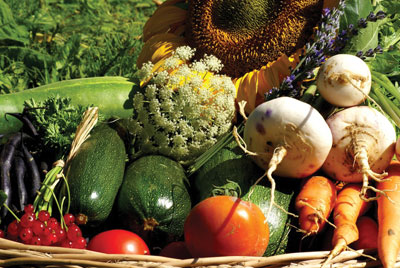
|
1. The incredible, edible garden
When first lady Michelle Obama planted a vegetable garden at the White House it was a gesture that started a trend. Growing one’s own vegetables is reassuring on so many levels. The act of tending to them is soothing and the harvest is an affirmation of one’s ability to take care of themselves … if push comes to shove. Kim Burton of the Canadian Nursery Landscape Associaton (CNLA) confirms this and says, “Consumers aren’t just creating the ‘kitchen gardens’ because of the recession, but more because they want to grow produce that is chemical-free and fresh-picked. The bonus is that they save on their grocery bill. Retail garden centres have encouraged this trend by offering herbs and vegetable plants for sale and showing consumers how these can be grown in containers and window boxes.”
2. Eco chic
Ornamental landscaping can help homeowners save money as well as the environment. “A well-established canopy of trees helps to keep more moisture on grass, and grass and trees both produce oxygen for people. As well, trees help shade and cool homes, which helps to keep air conditioning costs lower. In the colder, winter months, evergreen trees act as wind blocks and thus help to reduce heating costs,” says Victor Santacruz, the CNLA Executive Director, via e-mail.
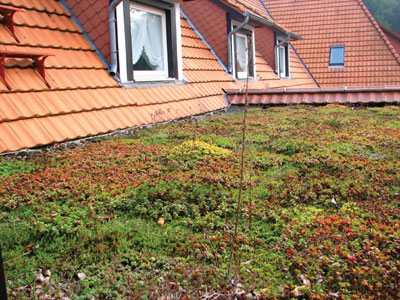
|
3. Living roofs
The Vancouver Trade and Convention Centre is tripling in size to gear up for the 2010 Vancouver Winter Olympics. Part of that project includes a six-acre living roof. Green roofs are part of a sustainable home because they help with natural temperature regulation. These roofs also absorb rainwater that would otherwise run off the roof leaching nutrients and chemicals into the sewer system. When it rains heavily in big cities, boasting millions of acres of paved areas, that water cannot be absorbed by the ground. It runs off pavement and rooftops into the city’s drainage system. Toronto is adopting a bylaw starting January 30, 2010 that requires a green roof on all new buildings with more than 2,000 square metres of gross floor area. The area of the green roof will range from 20 per cent to 60 per cent of the roof, depending on the size of the development. Petra Aykler, a certified landscape designer with Canadian Garden Design in Mississauga, Ont., cites green roofs as the big trend that she sees on the horizon.
4. Go local
Part of sustainability is connected to supporting local businesses. The money benefits folks close to home and there’s little carbon foot print created to transport items a small distance. Local plants are popular because they are designed by Mother Nature to cope well with resident climates. This translates into minimal upkeep and less water required. This trend can even extend to the hardware and gifts you sell. Burton of the Canadian Nursery Landscape Association points out “Some garden centres are also featuring local produce, such as cheese, and crafts such as quilts and decorative items, to provide their customers with even more opportunity to support the local economy.”
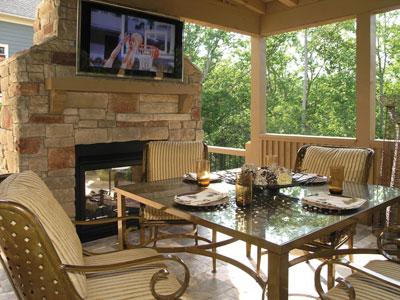
|
5. Outside in / inside out
Consumers itching to gain living space but adverse to upsizing to another house will continue the outdoor room trend. Not only are gardens looking more like living rooms with outdoor fireplaces, lighting and La-Z-Boy chairs, inside rooms are also looking more like gardens. Interior design is taking its cue from the garden. Big colour trends forecasted by Pantone for 2010 include a grouping called “Vegetable Garden” filled with shades sporting names like Heirloom Tomato, Butternut Squash, and a range of rich blues and leafy greens. Designer mats made from recycled materials will continue to be popular.
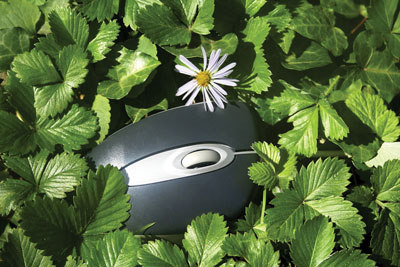
|
6. The digital garden
Gardening blogs, podcasts, Facebook sites and Twitter feeds abound. YouTube videos will show consumers how to design, plant and tend to their gardens. Burton points out that “Electronic marketing on websites, currently used mostly for the delivery of floral products, is an emerging trend for the purchase of retail garden centres and nursery products, replacing mail order service.” With 33 per cent of Canadians now owning a Smartphone such as an iPod or BlackBerry, invest in a Smartphone-friendly version of your website. There are dozens of cool iPhone applications related to gardening. Why not have one created for your business that’s a free download for customers?
7. Soft light
As people continue to treat their gardens as an outdoor room, they will wish to enjoy it after the sun goes down. Lighting technology has improved dramatically in the last few years with technologies such as solar and LED improving by leaps and bounds. Effective lighting is a design skill so tap into an expert that offers seminars or online video tutorials on the different lighting strategies.
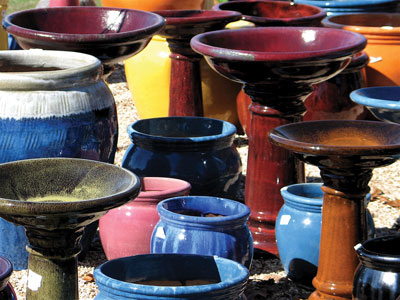
|
8. Contained enthusiasm
Container gardening will continue to be popular, not just for its ease but also for its versatility. Consumers want to move their garden elements around from front to back and outside of windows where they can be enjoyed from inside. There are also several products available that allow consumers to enjoy the harvest of a vegetable garden with all of the flexibility of container gardening.
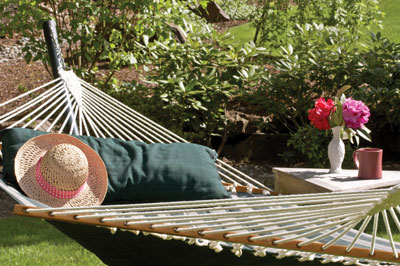
|
9. Low maintenance
Consumers don’t want to be slaves to their gardens. Big impact, little effort is the mantra. Aykler of Canadian Garden Design sees this theme frequently requested by clients. “People are asking to have low-maintenance gardens installed most of the time,” she confirms. Raised beds can be used with various ground coverings as a means of minimizing required upkeep. Raised beds generally contain more soil than do pots or tubs, so plants are less likely to dry out. Gravel, stone and wood chips will become increasingly popular as a strategy for minimizing weeds requiring attention.
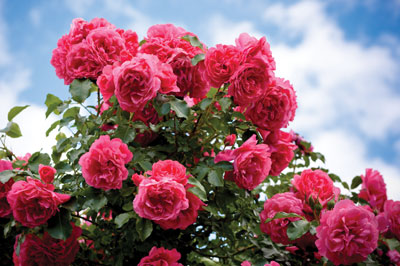
|
10. Comfort Plants
The term “comfort food” refers to those foods from our childhood that we reach for when we want to feel safe and loved. This same sentiment is spilling into our gardens. Flowers from our grandmother’s garden are making a comeback. “Consumers are interested in creating outdoor spaces that are filled with hardy plants such as peonies, lilacs and roses that look wonderful and are easy to maintain,” confirms Burton.
Who knows what the next decade will bring? One thing’s for sure, since we depend on Mother Earth to supply our products, it’s in our best interest to support those trends that are eco-friendly. Now let’s all raise a glass to the “tens.”
Print this page